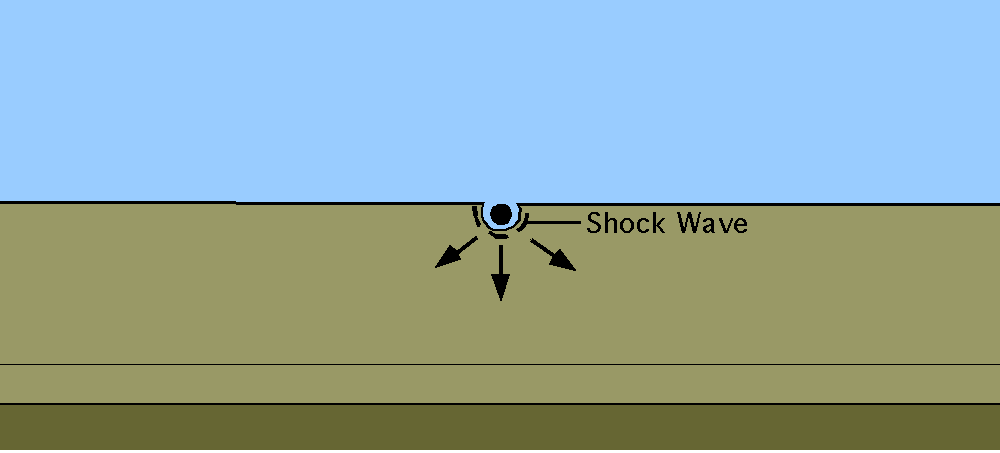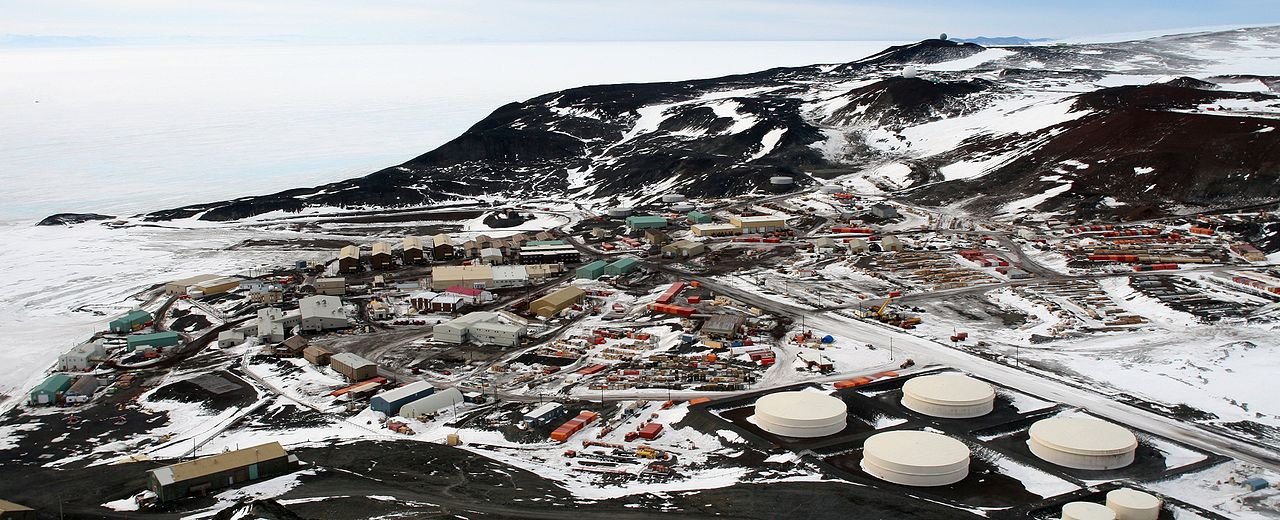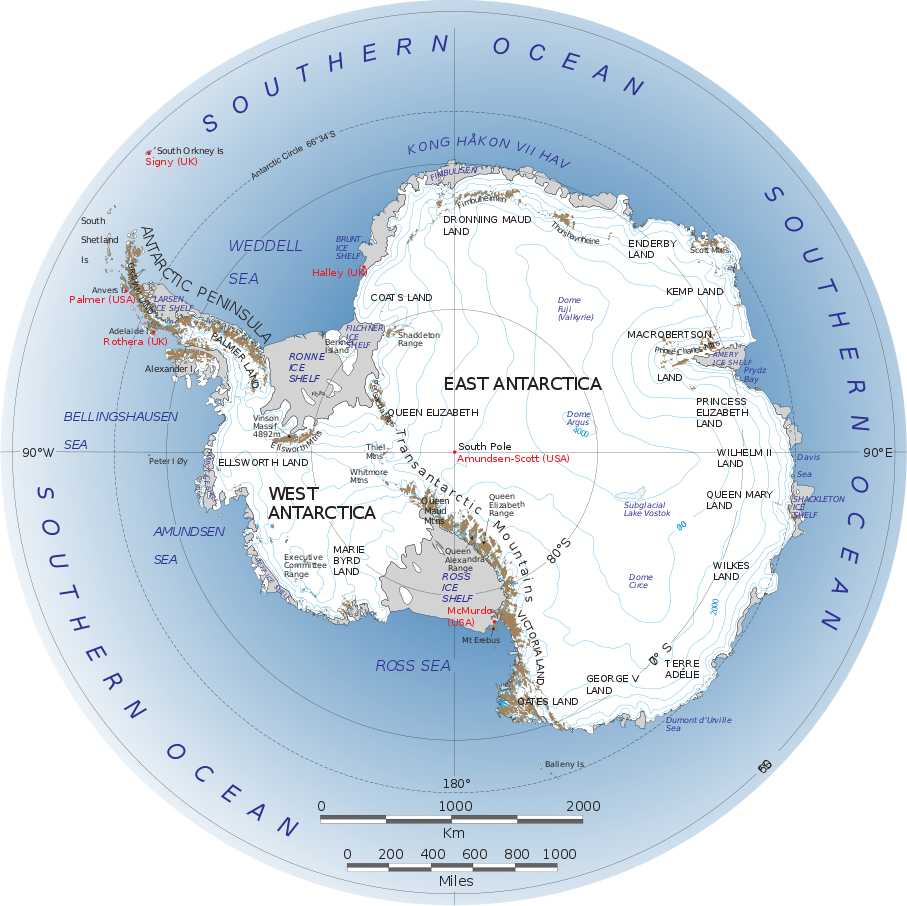Can anything be as starkly cold as the human heart?
NOTE: This is a work of fiction. Names, characters, places and incidents either are products of the author’s imagination or are used fictitiously. Any resemblance to actual events or locales or persons, living or dead, is entirely coincidental. Nevertheless, as this is "hard science fiction," all numeric values represent carefully evaluated and closely estimated approximations of real possibilities. - Be forewarned.
"Antarctica is otherworldly, like nothing I've ever seen before.
Stark, cold, beautiful desolation."
- Mark Hoppus -
"I don't usually boast,"
but my family and I — along with all the top .01% of the world's population — own and control more than 12% of the world's wealth. In round numbers, that's about 30 trillion dollars.
To put that in perspective, mankind started from scratch and went to the moon for less than half of one percent of that amount.
Impact Animation - Image by David Fuchs
CC BY 3.0 , via Wikimedia Commons
The planet is way beyond capacity,
with the present world population pushing 8 billion. My grandfather, Ted, has been saying this for decades. He's taken a lot of heat, but he's right!
For the last forty years,
we've been doing something about it. Collectively, we've been spending our massive resources on a project vital to the future of our planet and our species:
"Nouveau Ark."
Don't bother googling it; we've kept it out of the news. "Useless eaters" would be less than excited if they knew what's about to happen.
The project grew out of a 1980 Bilderberg meeting. Big names - Kissinger, Rockefeller, Schmidt - were active in those days. It took a few more years to pull together, but the Nouveau Ark Project was launched in 1983.
Antarctica Topographic Map - Minus The Ice Cover - Ark Location Circled
Image by Paul V. heinrich, CC BY 3.0, via Wikimedia Commons
We've kept a low profile for obvious reasons.
There's already an irrational antipathy towards members of the Billionaire's Club; no need to make things worse.
Carpe Diem - Seize the Day.
That's what we finally decided to do.
Initially, we told ourselves we were building Nouveau Ark for species preservation. Insuring the survival not only of humanity, but of the incredible biodiversity resulting from millions of years of evolution.
Uncle Beau, Aunt Jennie, and Aunt Laura each made remarkable contributions to the project, helping catalog, preserve, and archive all living things.
Our goal was to be ready for a natural terminal event — a "planet buster" asteroid. With archives sited on the moon, hard vacuum and deep cold facilitated preserving data, priceless works of art, plant seeds, and animal embryos.
Then we spotted an incoming comet.
It's nearly the size of C/2002 VQ94, and a few of us began to lobby for acceleration of the original plan.
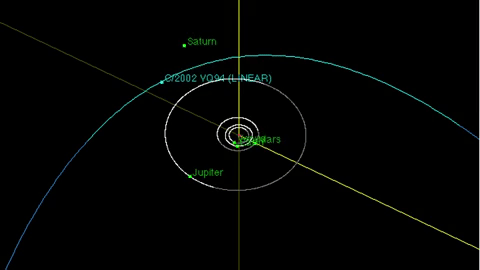
100KM Diameter Comet Nucleus - C/2002 VQ94
Image courtesy of JPL Small-Body Database Browser
Life extension technology had reached a viable level. We saw we could achieve our goal within the lifetime of most members. So, we gave the comet a slight nudge. Using Jupiter to provide a gravity assist, we redirected the comet's path.
In a few hours, it's expected to strike the Northern Atlantic, producing an extinction-level event.
Safe on the opposite side of the globe, I can hardly wait.
Building an underground city,
sized to house 100,000 people, was no small task. But, we had the resources, and we got it done.
Nouveau Ark City fills a space roughly five miles in diameter about a half mile deep in the heart of the Queen Maude Mountains.
Almost the area of Manhattan Island, we house less than 5% of its population. Yes, we have a Central Park - only bigger. And we're far above the ~220 foot sea level rise expected when impact melts all ice on the planet.
A safe, modern nuclear power plant is sited a dozen miles from town, along with enough thorium to run it for 100 years. The standard 24-hour day/night cycle in the park and the common areas is synched to UTC.
McMurdo Station
Image by Gaelen Marsden, CC BY 3.0, via Wikimedia Commons
The site was chosen for several reasons:
Proximity to McMurdo Station and the geographic pole, geologic stability, altitude, and maximum distance from impact.
The odds of anyone outside our bunker surviving are small. By the time impact winter ends, it will be easy enough to round up any survivors and ensure that they're onboard with our population control agenda.
Based on sophisticated supercomputer models, impact winter should last no more than a decade. We'll then start the re-seeding project. Within a few decades, Earth will become the lightly populated, pristine park we've always dreamed of.
Satellites and the Lunar Archive connected to the IPFS (Interplanetary File System) not only secure all our data, but will provide us with global records of the extinction event.
I'm saving this journal entry now,
and heading to Central Park. Most of our community will be observing the Atlantic strike from there, via satellite-based cameras.
Later!
Postscript
Thanks to IPFS, the journal reproduced here was discovered shortly after comet impact.
Billions died that fateful day. Billions more perished in the devastating aftermath. Nevertheless, there may be one or two billion of us left.
This has been a sobering object lesson for all of humanity that remain.
It's not the first time that murderous intent has been cloaked in high-sounding ideals. However, it probably is the finest example, ever, of Proverbs 26:27:
"Whoever digs a pit will fall into it,
and a stone will come back on him who starts it rolling."
What actually happened?
Something internal to the comet nucleus caused an unpredictable split. The reaction sent about two-thirds northward, the rest south.
The northern piece grazed Earth's atmosphere, but skipped off.
Deflected, the rest hit Antarctica,
taking out the Queen Maude Range, and raining fiery destruction on the rest of the globe. World-wide tidal waves and earthquakes ensued.
Despite utter destruction of Nouveau Ark City, we as a species have been inadvertently blessed.
The sick and twisted elite who intended to destroy us all for their personal benefit have bequeathed us most of what they had hoped to retain for themselves; the Lunar Archives.
The few —
about thirty — who were in space and escaped the impact, had a change of heart. Apparently, their narrow escape and the sobering loss of friends and family produced a "conversion experience."
They are now working with our best and brightest survivors to ensure the future of the human race.
Image by Landsat Image Mosaic of Antarctica team, Public domain, via Wikimedia Commons
FIN
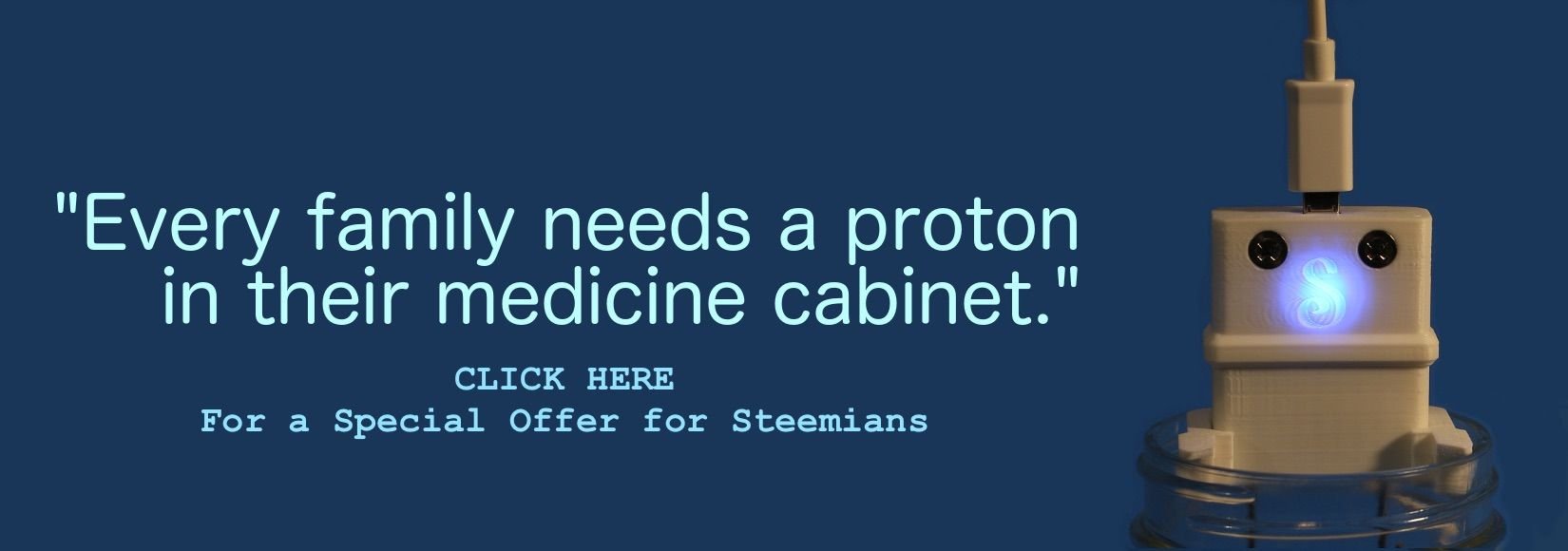
Introducing: The SILVERengines proton - Image by @creatr
You are why I'm here on Steemit!
I have very eclectic interests and hope, over time, to write about them all.
⬇️To Check Out @creatr's World⬇️CLICK Each Image Below⬇️
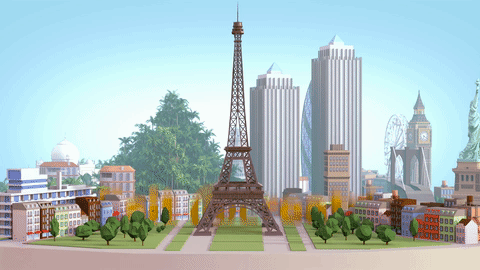
|
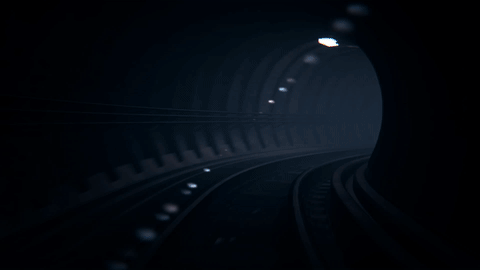
|

|

